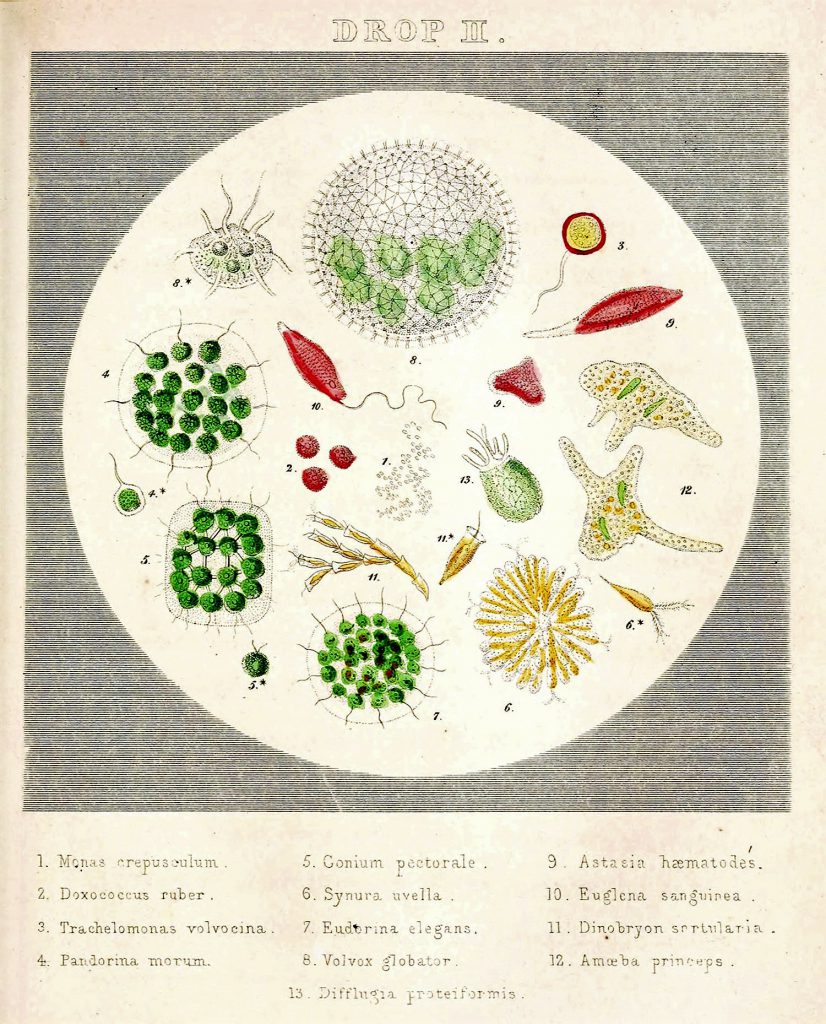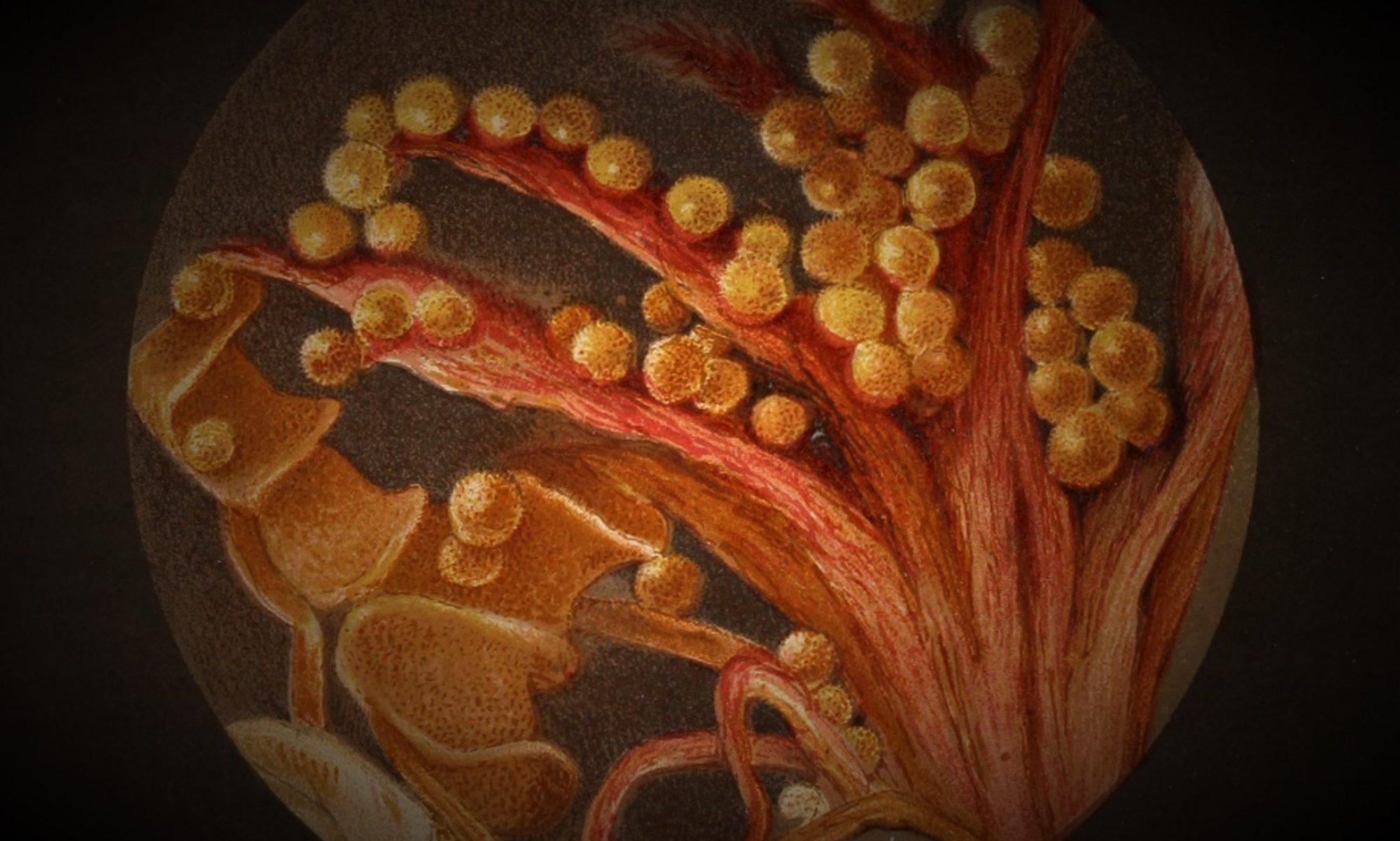
In his popular book Evenings at the Microscope (1851), the British microscopist Philip Henry Gosse (1810-1888) described the microscope as “the key that unlocks a world of wonder and beauty” and promised to lead his readers down “the path to the myriad wonders of creation, which . . . are made cognisable to sight by the aid of the Microscope.” 1 Like most nineteenth-century microscopy handbooks, Gosse’s work was richly illustrated. Gosse’s father had been a miniature painter and Gosse himself was a gifted illustrator. His illustrations accompanied several articles he wrote for the Popular Science Review and they featured in his major work on aquatic microorganisms, The Rotifera (1886/1889). 2
Gosse’s illustrations appeared in a whole range of publications aimed at very different groups of readers. Consequently, his illustrations were interpreted differently, depending on the texts that surrounded them and the people who read them. And although Gosse mostly illustrated his articles and books himself, the illustrations that his nineteenth-century readers saw were the result of a collaboration among several people, including the illustrator, lithographer, printer, editor and publisher of a scientific handbook or journal. The sketches Gosse made for his The Rotifera contain instructions to the lithographer, who transferred Gosse’s illustrations to a stone or metal plate and prepared them for printing. 3
Our Worlds of Wonder project seeks to find out more about the ways in which the various people involved in the making of nineteenth-century microscopy illustrations collaborated. Did most microscopists illustrate their own works? How did the decisions made by the editor or publisher affect their illustrations? Did the illustrations change when they were reproduced in another publication? And when did microphotographs start to appear in microscopy publications? With your help, we hope to be able to answer these questions.
Just like Philip Henry Gosse asked his readers to join him on his journey into a “world of wonder and beauty”, we invite you to explore nineteenth-century microscopy publications with us. At the moment, our Zooniverse project contains five publications to choose from, three handbooks and two journals. In our next blog post, we’ll tell you more about these publications and how some of them managed to travel to places all over Europe and America – stay tuned!
- Gosse, P. H. (1860). Evenings at the Microscope; or Researches Among the Minuter Organs and Forms of Animal Life. New York: D. Appleton.
- Hudson, C. T., & Gosse, P. H. (1886/1889). The Rotifera; or Wheel-Animalcules. London: Longmans, Green and Co.
- Gosse, P. H. (n.d.). Drawings of rotifera by P. H. Gosse. Box 19, MSS Royal Microscopical Society, History of Science Museum, Oxford.
